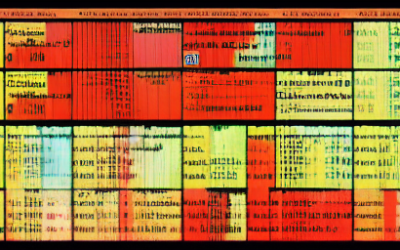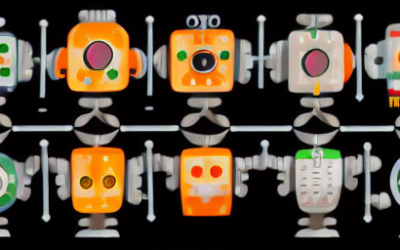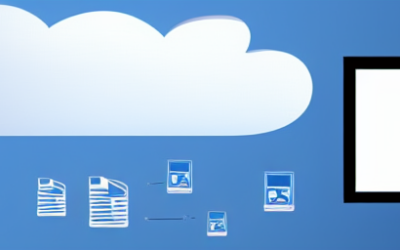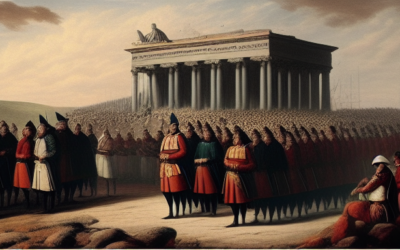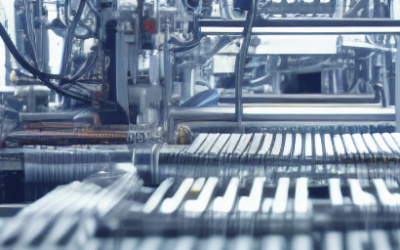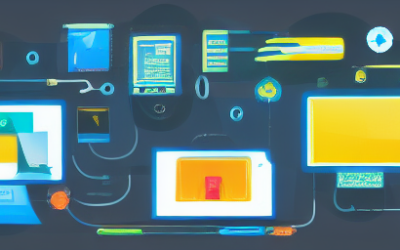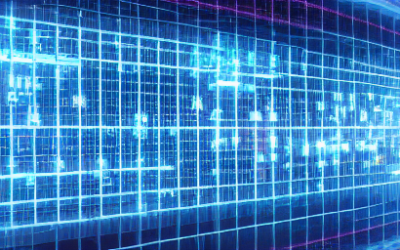Microservices Architecture is an application development strategy that enables developers to build applications as a suite of small, loosely coupled services. These services are independently deployable and scalable. Each service runs a unique process and communicates through a well-defined, lightweight mechanism, such as an HTTP resource API.
Tech Blog
Tech Insights, Information, and InspirationCloud Native Architecture
Cloud Native Architecture enables organizations to build and run highly scalable applications in a cloud-based environment. It helps enterprises quickly develop and deploy applications that are cost-effective, secure, and resilient. Cloud Native Architecture leverages containerization and microservices to enable agile development, continuous integration, and delivery. This architecture also provides automated infrastructure provisioning, scaling, and monitoring, allowing organizations to focus on their core business.
Datafication: Both Sides of the Story
Datafication is the process of turning data into a commodity. This can be done by collecting data from various sources and then packaging it into a format that can be sold or traded.
What is reinforcement learning?
Reinforcement learning (RL) is an area of machine learning that focuses on how an agent takes actions within an environment in order to maximize a reward. This type of learning involves trial and error, with the agent receiving positive reinforcement when it performs a desired behavior, and negative reinforcement when it doesn’t. In this way, the agent is able to learn from its mistakes and adjust its behavior accordingly.
Distributed Cloud Technology
Distributed cloud technology refers to a distributed computing model in which cloud resources are spread across multiple physical locations. This model can provide a number of benefits, including improved performance, scalability, and availability.
Understanding Linux and Antitrust
Linux is an open-source operating system that has been around since 1991. It is a powerful and flexible alternative to other operating systems, and it has become increasingly popular over the years. As Linux has grown, some have raised concerns that the market may become too dominated by the open-source operating system, which could lead to higher prices and reduced innovation.
What is continuous integration and continuous delivery?
Together, continuous integration and continuous delivery help teams develop, test and deploy software faster, with fewer errors and higher quality. They help ensure that code is always up to date and that teams can quickly identify and fix problems. They also help reduce the time it takes for changes to reach users and help ensure that code is always up to date.
Hyperautomation Technology
In hyperautomation, businesses automate as many tasks and processes as possible to increase efficiency and productivity. This can include everything from automating customer service to automating marketing tasks. By automating as many tasks as possible, businesses can free up employees to focus on more important tasks, such as innovation and strategic planning.
Digital Technologies Reshaping our World
Digital technologies are electronic tools, systems, devices and resources that generate, store or process data. Digital technologies are revolutionizing the way we live, work and communicate. They are providing new ways for us to be creative, connected, and productive. From social media and cloud computing to 3D printing and virtual reality, digital technologies are changing the way we interact with the world.
Quantum Computing as a Business Tool
Quantum computing is a type of computing where information is processed using quantum bits instead of classical bits. This makes quantum computers much faster and more powerful than traditional computers. Quantum computing is still in its early stages, but it has the potential to revolutionize the way we live and work.
Get In Touch
UseTech Design, LLC
TROY, MI • BLOOMFIELD HILLS, MI
Call or text +1(734) 367-4100



